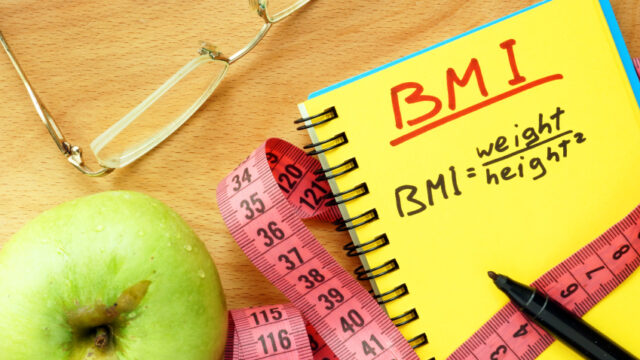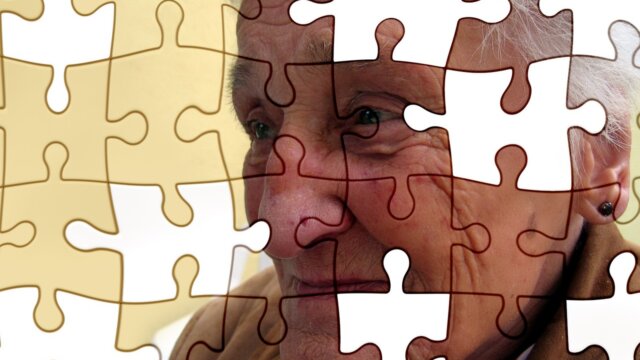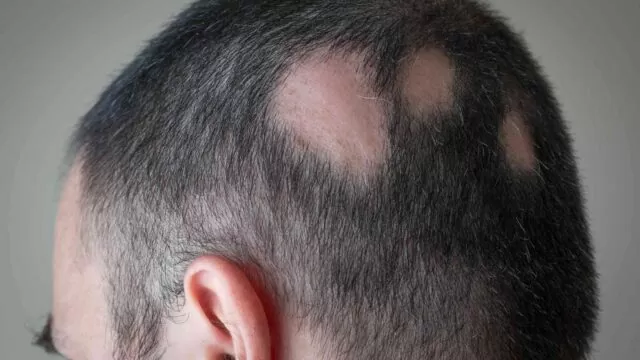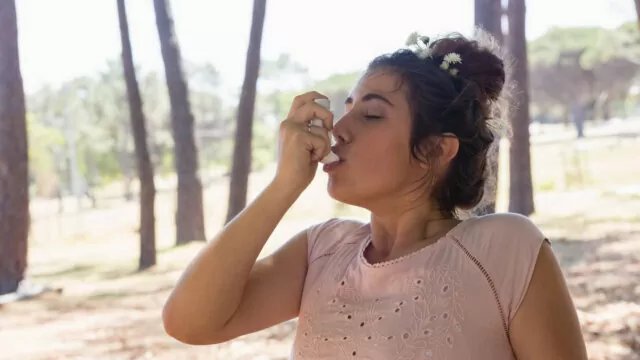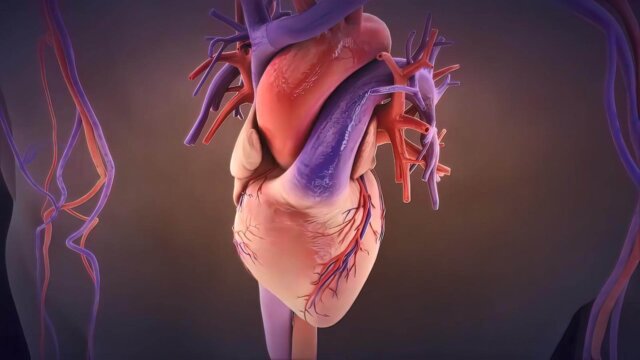FTC disclaimer: This post may contains affiliate links and we will be compensated if you click on a link and make a purchase.
What causes Dyspnea? Who gets it? When should you see a doctor? And how do you treat it? This guide will answer these questions and many others.
Dyspnea is a medical condition where breathing becomes difficult. It’s caused by various conditions, including asthma, COPD, lung cancer, pneumonia, heart disease, and pulmonary embolism.
This guide will teach you everything you need about dyspnea, including its causes, symptoms, diagnosis, treatment, and cure.
Dyspnea (Shortness of Breath) Causes, Symptoms, Treatment
What is Dyspnea?
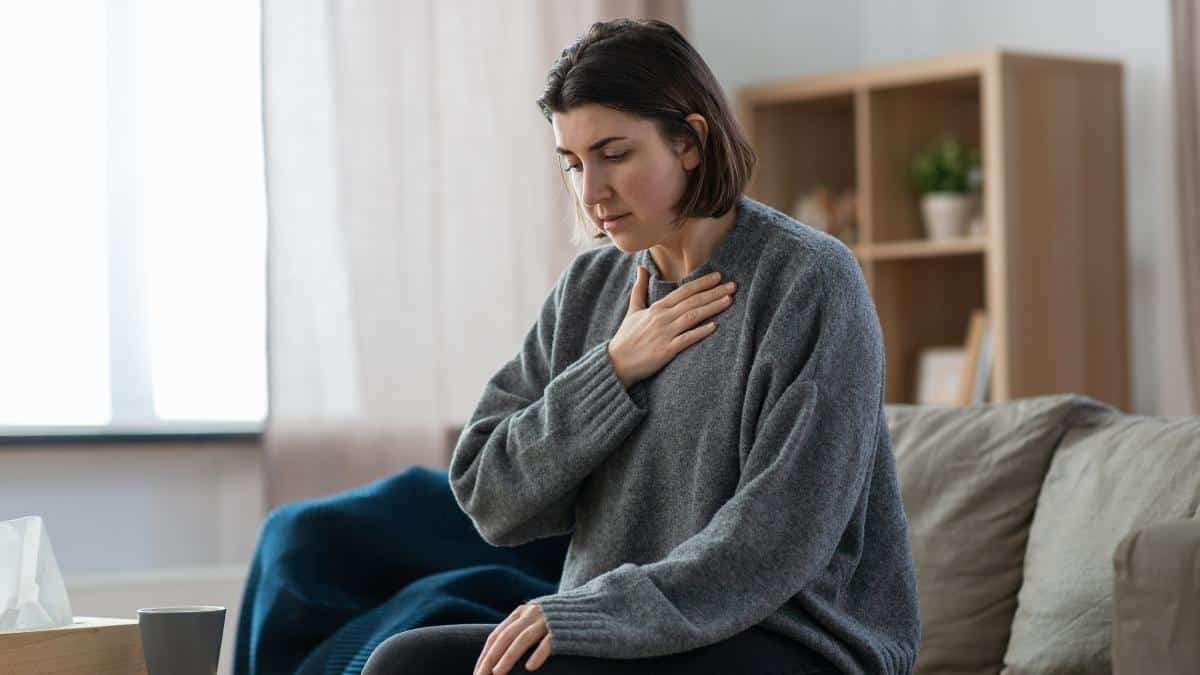
Dyspnea, sometimes called shortness of breath, occurs when there is a shortage of oxygen in your blood. This happens because your body isn’t getting enough oxygen from the air you are breathing in. You might feel like you can’t take a full breath, even though you are taking deep breaths.
When you have dyspnea, you may also notice that you feel tired and weak, especially during exercise or while doing things such as walking upstairs. Your heart beats faster, too, and you may feel dizzy or lightheaded.
The cause of dyspnea depends on what is happening inside your body. Heart problems, lung diseases, and certain types of cancer can cause dyspnea. In addition, many medications can make you feel out of breath.
Often, it’s a result of heart or lung conditions. It can also be caused by anxiety, panic attacks, or even a simple cold.
In some cases, shortness of breath can signify a more serious condition, such as a heart attack or pulmonary embolism.
If you have shortness of breath that comes on suddenly and is accompanied by other symptoms, such as chest pain or fainting, you should see a doctor immediately.
You can do a few things to help relieve shortness of breath. Taking deep breaths and exhaling slowly can help. If you’re having trouble breathing, try sitting up and leaning forward. This can help open up your airway.
If you have chronic shortness of breath, many treatments can help. Oxygen therapy can help if you have lung disease.
Pulmonary rehabilitation can also be helpful. This program of exercises and education can help improve your breathing.
Dyspnea (Shortness of Breath) Causes
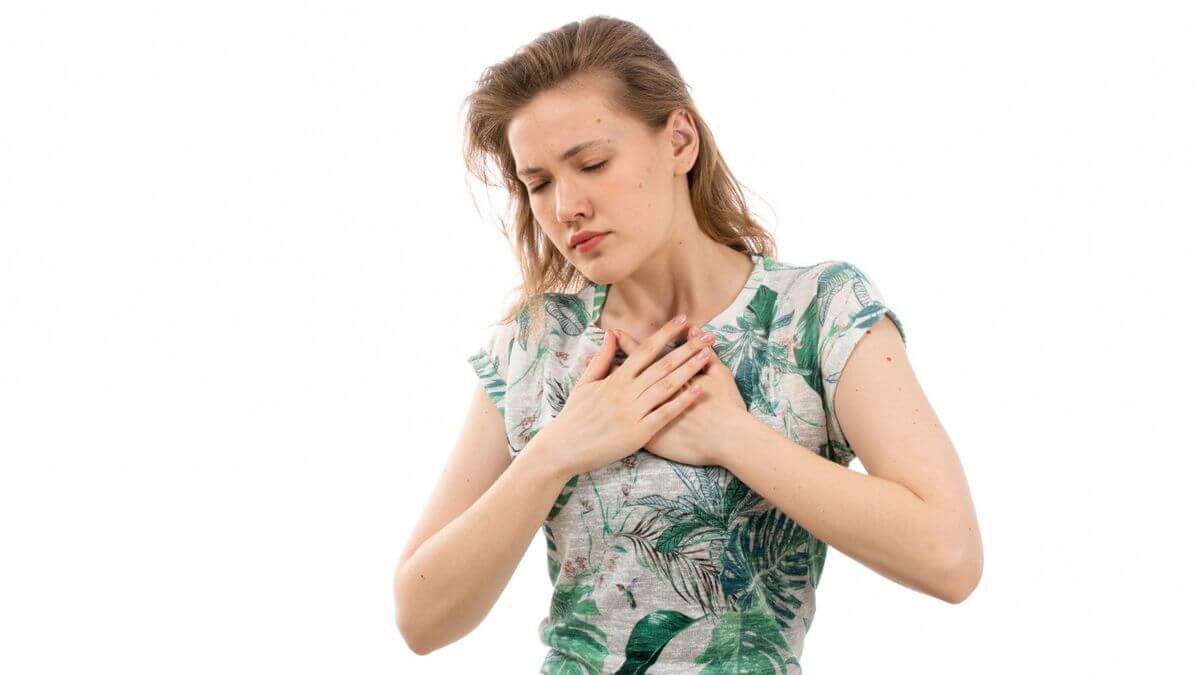
Shortness of breath, also called dyspnea, is a feeling of difficult or uncomfortable breathing.
Most people experience shortness of breath at some point in their lives. It’s usually caused by physical activity, such as exercise, or by an emotional condition, such as anxiety.
In most cases, shortness of breath is not a sign of a serious medical condition and will go away on its own.
However, if you have shortness of breath that is persistent or severe, it may be a sign of a more serious condition, and you should see a doctor.
There are many different causes of shortness of breath. The most common cause is exercise-induced asthma, in which the airways narrow during exercise, causing shortness of breath. Other causes include:
- Anemia
- Bronchitis
- Congestive heart failure
- Emphysema
- Pulmonary embolism
- Asthma
- Anxiety
- Panic disorder
- Pregnancy
- Obesity
Asthma is another common cause of shortness of breath. People with asthma have inflammation and narrowing of the airways, which makes it difficult to breathe.
Asthma attacks can be triggered by dust, pollen, smoke, or exercise. If you have asthma, your doctor will likely prescribe you medication to help control your symptoms.
Bronchitis is an infection of the airways that can cause shortness of breath. A virus usually causes bronchitis, but bacteria can also cause it.
People with bronchitis often cough, chest pain, and difficulty breathing. If you have bronchitis, your doctor will likely prescribe antibiotics to clear the infection.
Dyspnea can also be caused by a more serious condition, such as a heart attack or pulmonary embolism.
You should seek medical attention immediately if you experience shortness of breath, chest pain, sweating, or an irregular heartbeat.
Pneumonia is a serious lung infection that can cause shortness of breath. Bacteria usually cause pneumonia, but viruses can also cause it.
People with pneumonia often have a fever, cough, and difficulty breathing. If you have pneumonia, your doctor will likely prescribe antibiotics to clear the infection.
Dyspnea can also be caused by a physical condition, such as obesity or pregnancy. In these cases, the extra weight can strain the lungs and make breathing harder.
In some cases, the cause of dyspnea may not be known. If your doctor can’t find a cause, they may call it idiopathic pulmonary fibrosis (IPF). IPF is a condition when the lungs become scarred and thickened, making breathing hard.
If you’re experiencing shortness of breath, it’s important to see your doctor to rule out any potentially life-threatening causes.
You should see a doctor if you have severe shortness of breath or persist even when resting.
Shortness of breath can also be a sign of a heart attack, so if you have other heart attack symptoms, such as chest pain, you should call 911 immediately.
Dyspnea (Shortness of Breath) Symptoms

Shortness of breath, or dyspnea, is a feeling of not getting enough air. It can feel like you are gasping for air or suffocating.
Dyspnea is a common symptom of many conditions, including asthma, COPD, heart failure, and pneumonia. It can also be a side effect of certain medications.
Dyspnea can be a frightening experience. If you are having trouble breathing, it is important to seek medical help immediately.
Here are some of the symptoms you may experience with dyspnea:
- A sense of tightness in your chest
- A feeling of suffocation
- Difficulty catching your breath
- Wheezing or gasping for air
- Rapid breathing
- Anxiety or panic
- Fatigue
If you are experiencing any of these symptoms, it is important to seek medical help immediately.
Dyspnea can be a sign of a serious medical condition, so it is important to get checked out by a doctor.
You may be familiar with dyspnea if you have asthma, COPD, or heart failure. These conditions can cause airflow obstruction, which can make it difficult to breathe.
If you have any of these conditions, it is important to follow your treatment plan and keep your symptoms under control.
If you are healthy and do not have any of these conditions, you may still experience dyspnea from time to time.
This can be caused by air pollution, allergies, or even anxiety. If you have trouble breathing, you must see a doctor to rule out any underlying medical conditions.
Dyspnea can be frustrating and scary, but it is important to remember that it is usually not life-threatening. If you are having trouble breathing, seek medical help right away.
Shortness of breath (Dyspnea) Diagnosis
Shortness of breath can be a sign of a serious medical condition and should be evaluated by a doctor. A variety of tests can be used to diagnose dyspnea.
Medical history and physical examination
Your doctor will ask about your medical history and do a physical examination. This will help them rule out other causes of your shortness of breath.
Pulmonary function tests
Pulmonary function tests (PFTs) assess how well your lungs are functioning. These tests can help diagnose lung diseases such as COPD.
Spirometry is the most common type of PFT. It measures how much air you can inhale and exhale and how quickly you can do it.
Arterial blood gases (ABGs)
ABGs are blood test that measures oxygen and carbon dioxide levels in your blood. This test can help determine if your shortness of breath is due to a lung or heart problem.
Chest x-ray
A chest x-ray can help spot lung problems like pneumonia or lung cancer.
CT scan
A CT scan is a type of x-ray that creates a 3-dimensional image of your lungs. This test can help diagnose lung diseases such as emphysema.
Cardiac stress test
This test is used to check for heart disease. It involves walking on a treadmill or riding a stationary bike while your heart rate and blood pressure are monitored.
Bronchoscopy
Bronchoscopy is a procedure that allows your doctor to look at your airway through a thin, flexible tube. This test can help diagnose lung diseases such as bronchitis.
Lung biopsy
A lung biopsy is a procedure in which a small sample of lung tissue is removed and examined under a microscope. This test can help diagnose lung diseases such as lung cancer.
Other tests you might have include pulse oximetry, which measures how much oxygen is in the blood, and a blood gas analysis, which measures carbon dioxide levels in the blood.
These are used to diagnose asthma and COPD, conditions characterized by inflammation of the airways.
In addition, a physical examination may reveal wheezing, coughing, shortness of breath, tightness in the chest, and difficulty getting enough air into your lungs.
Dyspnea (Shortness of Breath) Treatment
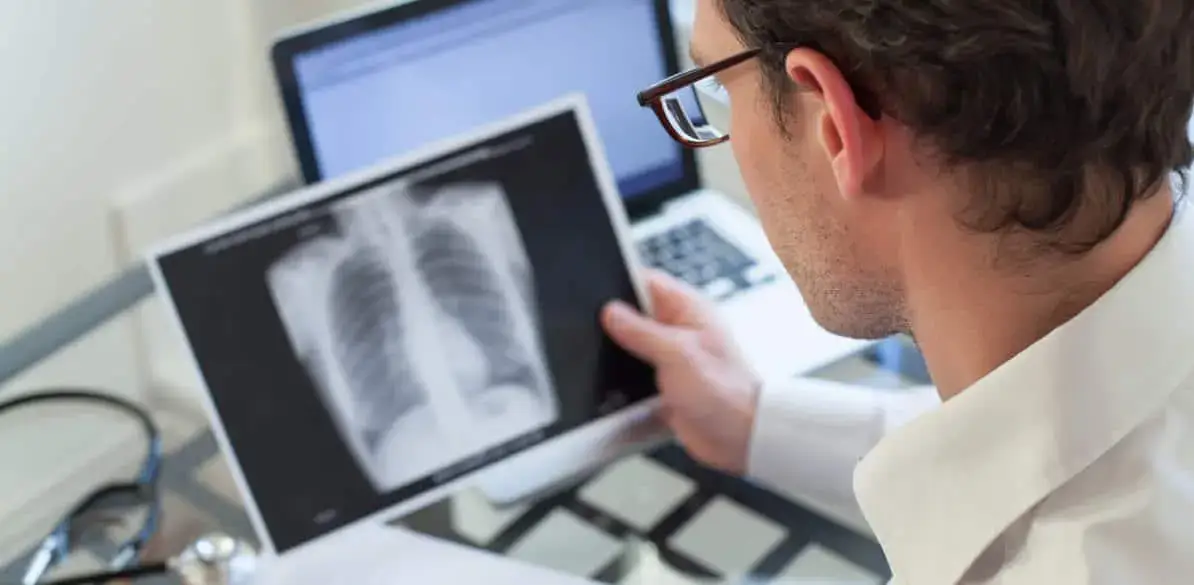
Shortness of breath is one of the most common symptoms people experience. People often think that breathing problems are just part of getting older.
However, many different conditions can cause shortness of breath.
Your doctor needs to find out what’s causing your problem. This includes looking at your heart, lungs, and blood vessels.
There are many different treatment options for dyspnea, depending on the underlying cause. Treatment may involve lifestyle changes, medications, or other therapies.
Lifestyle changes:
- Stop smoking
- Avoid secondhand smoke
- Exercise regularly
- Eat a healthy diet
- Maintain a healthy weight
- Reduce stress
Medications:
- Inhaled bronchodilators
- Oral corticosteroids
- Phosphodiesterase-5 inhibitors
Medication can be prescribed to treat shortness of breath. Examples include bronchodilators, steroids, and antibiotics.
Inhaled medications can be used to treat some types of shortness of breath. These medicines can relax muscles around the airways and open the airway passages. They work best when combined with deep breaths.
Other therapies:
- Pulmonary rehabilitation
- Oxygen therapy
- Surgery
Oxygen therapy can treat certain kinds of shortness of breath caused by low levels of oxygen in the body.
Surgery may be recommended if other treatments aren’t working. This surgery usually involves opening the chest to access the underlying causes of shortness of breath, such as enlarged lymph nodes, infections, tumors, or blood clots.
Your dyspnea treatment depends on what’s causing your symptoms. Treatments may include breathing exercises, medications, oxygen therapy, and surgery.
If you’re having trouble breathing because of asthma, your doctor might give you an inhaled steroid to reduce inflammation. Or he or she might prescribe a long-term bronchodilator such as albuterol or salmeterol. These drugs relax muscles around the airways and make breathing easier.
In addition, your doctor might recommend a corticosteroid like prednisone to treat severe cases of asthma. This medicine reduces swelling and makes breathing easier.
You might also get oxygen therapy. Oxygen helps your body breathe better. And it can improve how well your heart pumps blood throughout your body.
For some people, getting rid of excess mucus in the lungs is enough to relieve their symptoms. A procedure called a lung lavage removes secretions from the lungs.
Doctors often prescribe diuretics to flush excess bodily fluids for acute heart failure. Diuretics may improve shortness of breath temporarily. They won’t fix underlying problems, though.
Doctors sometimes suggest putting patients on supplemental oxygen. This helps keep your blood flowing well during exercise. Oxygen therapy isn’t usually needed long-term unless you have the chronic obstructive pulmonary disease (COPD), emphysema, or another lung disorder.
You may need antibiotics to treat infections like pneumonia. These drugs work best when given early in the course of illness. Antibiotics don’t always clear up bacterial infections quickly enough to prevent complications. However, they can shorten the duration of symptoms and speed recovery.
Doctors sometimes perform surgery to open blocked air passages. Doctors sometimes surgically remove parts of the lungs, or tubes are inserted into the windpipe to allow airflow.
Conclusion
Dyspnea is a common symptom of many underlying conditions. It is important to seek medical attention if dyspnea is accompanied by chest pain, fainting, or shortness of breath at rest.
A thorough medical history and physical examination can help identify the cause of dyspnea. Once the cause is determined, treatment can be directed at the underlying condition.

